Käsefondue (cheese fondue) is a largely Swiss invention, with its popularity tied up with a 1950s* marketing conspiracy conducted by a shadowy, semi-govermental cartel of Swiss cheese wholesalers – the Schweizerische Käseunion (Swiss Cheese Union). Back in the early 21st Century, the Schweizerische Käseunion controlled every aspect of cheese production and retail to near Mafia levels of Machiavellian skulduggery. If you ask a Swiss cheese seller today about the Schweizerische Käseunion, you will get a response so evasive that it is clear that the modern Swiss cheese business has one hell of a skeleton in Grandma’s closet.

If we break down cheese fondue as melted cheese with stale bread dipped in it, then questions have to be asked as to why it became the national dish of Switzerland. How did something that was accurately described by US National Public Radio presenter Robert Smith as “… like something a divorced dad dreamt of to feed his eight year-old” come to represent a country’s cuisine? To find out, we have to look to one of the greatest marketing f**k ups of all time, and it all begins with World War 1.
World War 1, and later, World War 2, really made a mess of the European economy. In the ashes of the war, with infrastructure, agriculture, businesses and governments in tatters, nobody could afford to import luxury foods. Governments erected trade barriers to support local production and sale of everything from food to automobiles. Switzerland had the exact opposite problem. The Swizzos never fired a shot in either war (and were never shot at in return), so they had a completely intact and vibrant cheese industry that had suddenly lost all its export customers. This customer base essentially never returned until the death of Hitler and overall cessation of hostilities.
Something had to be done, and the only way that Swiss cheese makers could sell any cheese was to sell it to the Swiss – in Switzerland. So, all the cheese makers got together to create the anti-competitive Schweizerische Käseunion cartel. These guys had their fingers in everything. They set milk prices, cheese prices, milk and cheese productions levels, and they defined allowed customer lists for everything needed to make cheese. These guys even narrowed the list of cheeses that could be made – a list of more than 1,000 different traditional Swiss cheeses was dramatically reduced. The Schweizerische Käseunion turned the Swiss countryside into a colossal organic machine for making just seven types of cheese. And all this was done with a monumental government subsidy. The losers in this game were artisan cheese makers and the Swiss people. The Schweizerische Käseunion was raking it in, but they wanted even more.
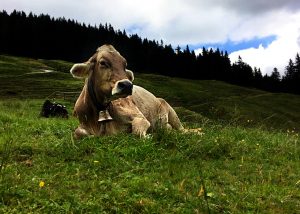
With the wars eventually over, and thousands of tonnes of samey Gruyère and Emmental being made, the Schweizerische Käseunion needed a way of selling cheese in more meaningful quantities than a piece or two to eat with bread. They needed to be selling buckets of the stuff. So they delved into the history books and found an old recipe that Alpine peasants used to eat. Back in the days of splendid, isolated poverty, one of the few ways an Alpine farmer could eat a hot meal in the evening was to melt some of his own cheese and eat it with days-old bread. This was perfect for the Schweizerische Käseunion, who not only had a dish that called for catering quantities of cheese, but they had a historical back story to promote the health benefits of cheese through a lens of the bucolic, Alpine, Heidi-esque lifestyle. Hell, they even used Johanna Spyri’s Heidi in their advertising.

At ‘Peak Fondue’ in the 1970s, the Swiss government was spending more money on propping up the cheese industry than it was on equipping its armed forces. Thankfully, a series of corruption scandals, arrests and imprisonments led to the demise of the Schweizerische Käseunion, and by the 1990s it was gone. Today, competition is back and prices are low. Some cheese makers have gone to the wall, but Switzerland is now back to making good cheese in many varieties.
As food stories go, this is straight-up shocking. A protectionist food cartel destroyed variety, took down small cheese makers, pushed a nepotistic series of sub-par cheeses on a population that didn’t want it, and then ‘discovered’ a recipe it could lie about to sell thousands of tonnes of product to a thoroughly duped public. Sadly, this is quite typical of the Swiss.
Despite the story of käsefondue, it is still a pretty nice thing to enjoy from time to time, particularly in winter. To make it, dry white wine is heated and cheese is added to make a smooth, thick sauce. Cornflour is used as a stabiliser to stop the mixture from splitting (but acidic wine is also critical), and some kind of schnapps is often added for a zippy kick. The whole brew is made in a fondue pot known as a caquelon, which has been wiped around with garlic. The method varies from chef to chef. Some add the cheese slowly, some put the cornflour in the cheese, while others add it to the wine. After two or three goes at making käsefondue, I have settled on the method given here, which comes from Swiss-Canadian Julia Graf who runs the YouTube channel Julia’s Life.
Sometimes, the cheese can fail to fully combine with the wine, and it can be a bit split with most of the cheese at the bottom of the pot. This will happen if the selected wine does not have enough acid in it. You can fix this with a squeeze of lemon. This will bind to the calcium in the melted cheese, therby stopping it from from cross-linking with the protein chains, which keeps them separate rather than coagulating. Cornflour also helps by coating the same proteins with starch.
Acidic wines are sometimes hit and miss because the traditional Riesling can be demi sec if bought from Germany. White Burgundy made with Chardonnay is very acidic due to the warm climate. Bordeaux will also work well. But you can just add lemon anyway.
All this is aside from the ohter important factor which is selecting the right cheese. Not all cheeses melt the same way.
*Wikipedia places this marketing campaign in the 1930s, but having done a bit more reading on it, I think it was later than that.
Käsefondue
Ingredients
- 1 clove garlic, halved
- 150ml dry Riesling wine (the wine must be acidic or the cheese will spit – adding lemon juice can help a lot)
- 2 tsp cornflour
- 2 tsp Kirsch
- 200g Gruyère cheese, grated
- 200g Vacherin or Emmental cheese, grated
- A small loaf of dense or stale bread, cubed (fresh bread will be a disaster)
Instructions
Wipe the inside of your fondue pot with the cut face of the garlic.
Combine the wine (see acid notes in ingredients), cornflour and Kirsch until well mixed with no lumps. Warm the mixture on the hob on a medium heat, but don't simmer it.
Add all the cheese in one go and stir gently on a medium heat until it has a smooth, even consistency with no sinking of the cheese to the bottom. This may take a while, but don't be tempted to up the heat.
Transfer the pot to the fondue burner apparatus and start dipping.
Notes
Vacherin can be hard to locate in the UK. Emmental will do, but I have also had success with the Dutch Leerdammer. But with Dutch cheese, we are getting away from Swiss authenticity. Cheddar does not melt properly, so avoid it. Acidity and cornflour are essential to the cheese chemistry, so add the lemon to ensure a smooth sauce. I like to serve käsefondue with a baked potato (that I ladle some of the cheese onto), sliced apple, fridge pickles, and maybe a bit of ham. Wine pairing: Riesling.

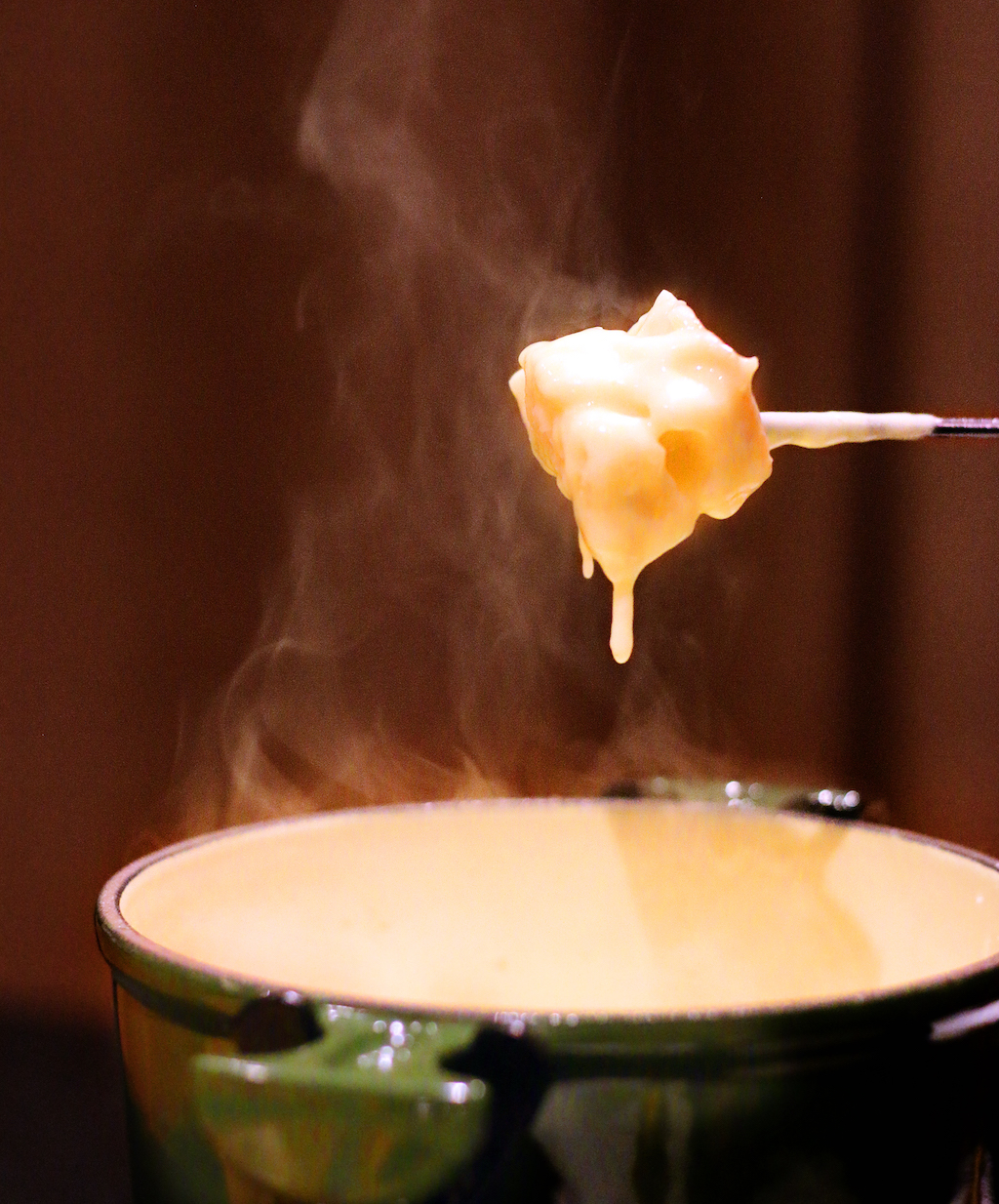

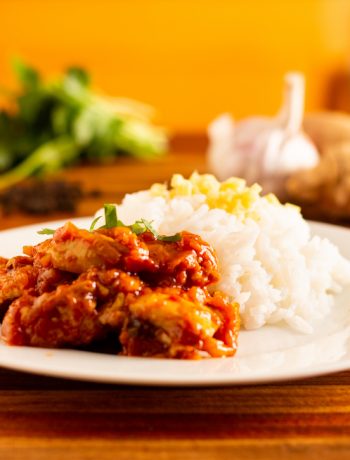
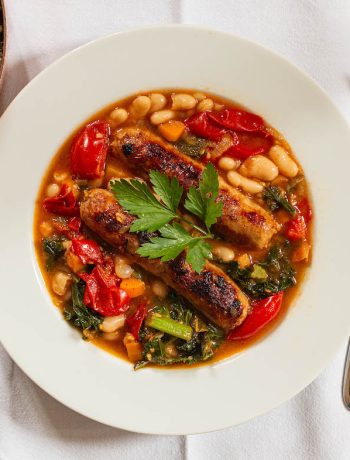
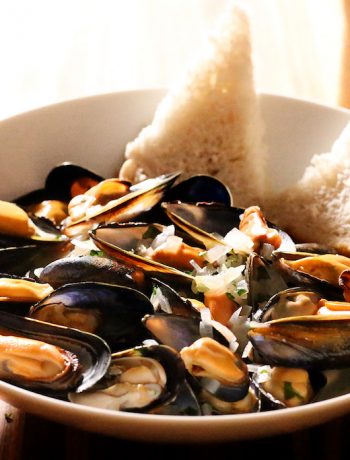
2 Comments
Jon
16/10/2021 at 9:36 amDutch cheese in Swiss fondue … is a sacrilege!!
Nigel Eastmond
16/10/2021 at 12:09 pmI agree. But you cannot get Vacherin in a UK supermarket. You would need to order that online from a specialist supplier.
My kitchen is in England.